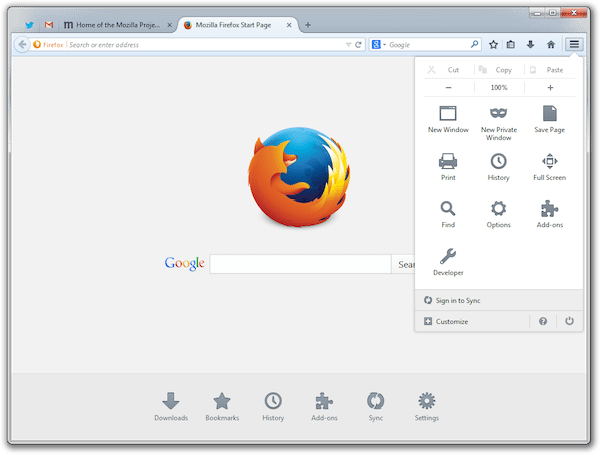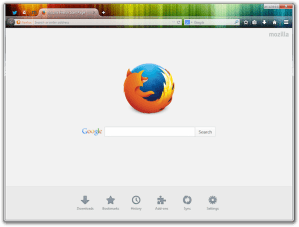How annoying is it when you finally get used to a website’s user interface and they change it? (We’re looking at you, Facebook) Website redesign and upgrades can be a tortuous affair to deal with, especially when nothing is where it’s supposed to be, and don’t even get us started on the glitches and bugs that need to be fixed. And just when it all gets sorted out, they do it again.
If you’ve been hearing rumours about the upgrades at Firefox, or refreshed your browser and seen them for yourself, you’re in for a surprise and not the bad kind.

Credit: Mozilla Press Center
Upgrades don’t always make our lives easier, but the new one Mozilla just released for Firefox definitely does. While there are some difficulties inherent in the process of upgrading this software, the changes may well be worth it.
On April 29th, Mozilla released Firefox 29, which supports the new Australis interface design. This new release is an overhaul rather than an upgrade, and according to Jennifer Morrow, Senior User Experience Designer, “a complete re-envisioning of Firefox’s user experience, and it’s been brewing for the past five years.” So with this new version out now, what can you expect?
Interface
The first thing you will notice if you have already refreshed your browser, is that the look is completely different. The orange bar is gone, and the look Mozilla was aiming for is something sleek, and the changes have been described in these terms: “Gone are the bulky angles and edges of tabs and menus. In Firefox 29, you’ll see streamlined, almost aerodynamic, curves giving emphasis to your current tab and subtly understating the rest.”
The look is similar to that of Google chrome, and it has a similar icon in the upper right hand corner of the page, but the menu style is markedly different and is one of the improvements intended to help customise user experience. The menu displays features that are available, and these can be dragged and dropped to reorganise the browser according to individual needs. The Next Web quoted the Mozilla Vice President, Jonathan Nightingale, on this new design where he said it was, “the most carefully designed browser interface on the planet.”
Another feature is the bookmarks option- this can now be done with one click and is simpler to use.
Customisation
It’s all about customisation with the new version of Firefox 29, with the menu options seemingly limitless. Users can drag and drop any add-ons of their choice and customise what is available on the menu bar itself and also what will be listed in menu options.

Credit: Mozilla Press Center
In addition to this, it will also be possible to alter the appearance of the browser with different themes. If you tend to get bored with the look of browser quickly, this feature will be especially fun for you.
Syncing

Credit: Mozilla Press Center
The work you put into customising your browser will pay off in spades when you realise you can sync Firefox for all the devices you use. This option works with a user account and allows bookmarks, preferences and other settings to be saved and available to access from any device.
Privacy
Mozilla has previously been awarded the label of the most trusted Internet Company based on surveys from users, according to the Ponemon Institute. This achievement helps boost its reputation, given how lack of adequate privacy controls can cause many problems. Recently, it was reported that there were some concerns about using Microsoft’s Internet Explorer browser, due to some sort of flaw in the system. Apparently, the Department of Homeland Security has been advising people against using this browser until this problem has been fixed.
Market Share
The biggest rivals for Mozilla Firefox are Google Chrome and Microsoft Internet Explorer. Currently, Firefox has about 17.26 percent of the market share, almost neck and neck with Chrome, which has a slight higher percentage of 17.52. Internet Explorer seems to be the leading contender with 57.96 percent of market share, while Safari trails behind them all at 5.68 percent. These figures are based on research by NetMarketShare, which totals these according to number of visitors.
The Next Web’s analysis shows that a different research method used by StatCounter which analyses number of users shows somewhat different market share figures. It shows that Internet Explorer (22.5 percent) is used less than Chrome (43.66), while Firefox (18.75 percent) is the third most used.
These figures reflect the situation as of early April, and may undergo a change soon. Given the security issues that Internet Explorer is facing at the moment, and the popularity that Firefox will raise with its new design, it is possible that Firefox will be acquiring a larger share of the market sooner than we think.

